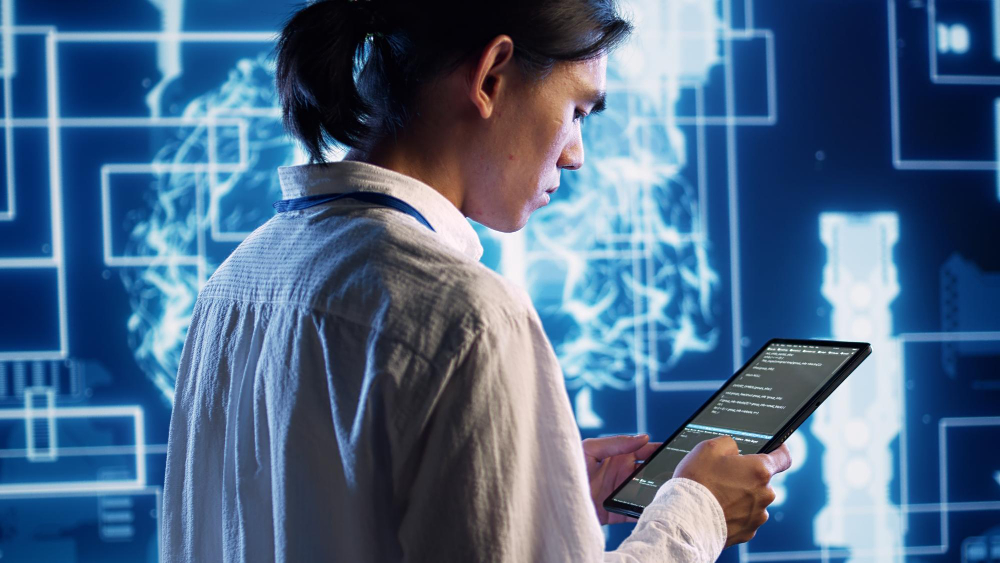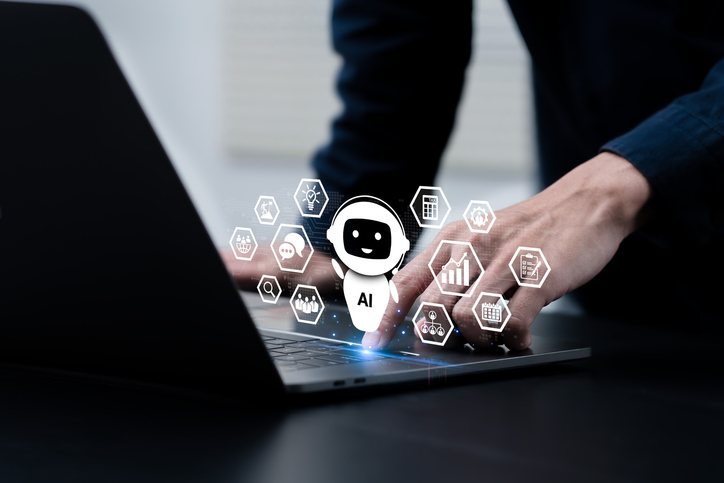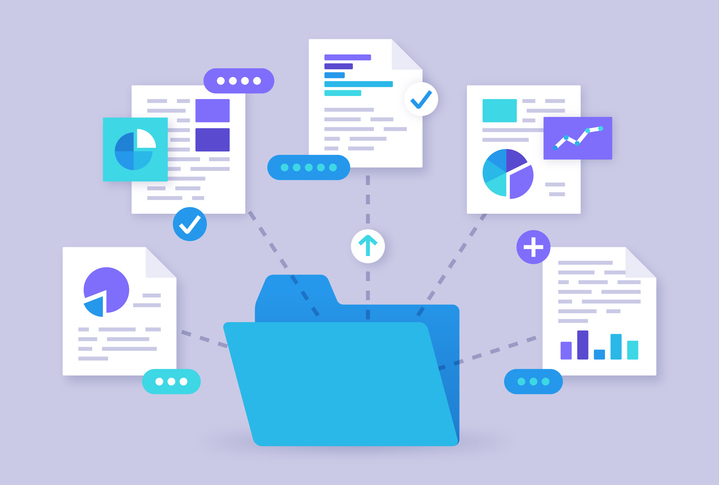Little can rival the ascendancy of artificial intelligence’s (AI) profile from a niche concern to technology’s hottest theme, transcending the pages of the technical press to sit at the heart of mainstream culture.
A certain breed of robotics has been a dominant force in this traction bringing machine learning to the masses in the form of chatbots and avatars that feature in our homes and customer service experience, as well as in banking and call centres.
In doing so, a previously little understood concept has become a daily transaction woven into the fabric of daily life with a helping of futuristic gloss that excites and intrigues users and fuels an appetite for ever more ingenious applications and deployments.
However, where there is hype there can also be misconceptions. As a space, AI has been particularly vulnerable to some tired narratives over the years. How often do we see the rhetoric around AI crudely pitched as little more than a threat to jobs?
>See also: The value of artificial intelligence in business
While we can’t dismiss the march of automation, it’s a prevailing focus that entirely overlooks the role this technology has to play in augmenting human intelligence, bolstering the capabilities and the scope of what people can do rather than usurping it. Indeed, AI has the potential to create far more employment opportunities and entirely new jobs, the type of which we cannot begin to envisage or predict at present.
It can also be easy to focus solely on the application, the eye-catching form, the quirky features, the high-profile brand association, and overlook the data story happening behind the scenes which is breathing life into all the iterations we see.
Time and time again, a two-pronged approach – where AI and humans combine to drive capabilities and elevate the offering – makes for the most effective outcomes, adding significant value and transforming process efficiency.
Without being explicitly programmed to do so or the need for continuous human intervention, AI algorithms can make recommendations, find patterns and trends to draw deeper and smarter insight from massive data sets, expanding the possibilities of big data analytics while making them far more accessible.
Crucially, algorithms can’t be relied upon to find a definitive answer. Instead their predictive capabilities provide the heavy lifting, laying the groundwork ready for the human brain to apply its creativity to evaluate each suggestion before ultimately deciding on the best solution to the most demanding of problems.
Without having to create an algorithm for each application, the data scientist is freed up to tackle more profound aspects of machine learning, such as deep learning and neural networks.
This optimised and nuanced result of balancing human insight with algorithmic action becomes ever more critical as we consider AI’s expanding role in future society through applications that have the power to transform our lives on a deeper, more profound level beyond the cool gadgets, music recommendations and weather updates from the Cortanas, Alexas and Siris.
That isn’t to be dismissive of these kinds of interventions that can bring both fun and efficiencies into our lives, but ultimately AI has a greater purpose, as a tool for higher-level goals across major societal issues from climate change to sustainable cities.
It is why the term ‘empathetic AI’ is starting to trickle down into the parlance around the subject – the very antithesis of the man vs. machine debate that has framed this narrative for so long.
>See also: How artificial intelligence will support business growth in 2017
A more humanistic approach to AI will increasingly be employed to meet the demands of a society faced with an ageing population and to ease the strain of a cash-strapped health service and time-poor health professionals.
One example will be remote monitoring systems that enable patients’ health to be assessed away from traditional care settings. Then there are the systems that exploit AI’s superiority over the human eye/brain in terms of pattern recognition, with images of patient symptoms sent to an AI-driven app to read and recommend the best course of action.
And for many living with chronic conditions, health professionals acting on data from wearable or external sensors can discuss patient care via the television set, laptop, tablet computer or smartphone, all of which brings more speed, accessibility and convenience to patient care.
This is just a small snapshot of how much more intelligently people and businesses can do things by making analytics smarter with AI.
Sourced from Maurizio Canton, CTO EMEA, TIBCO Software







